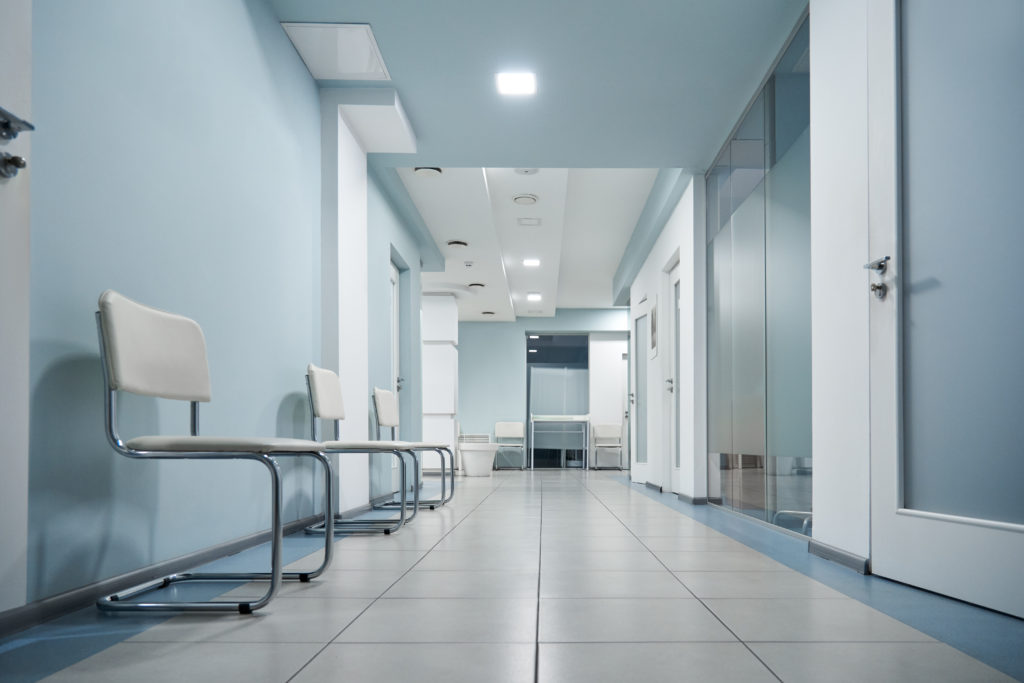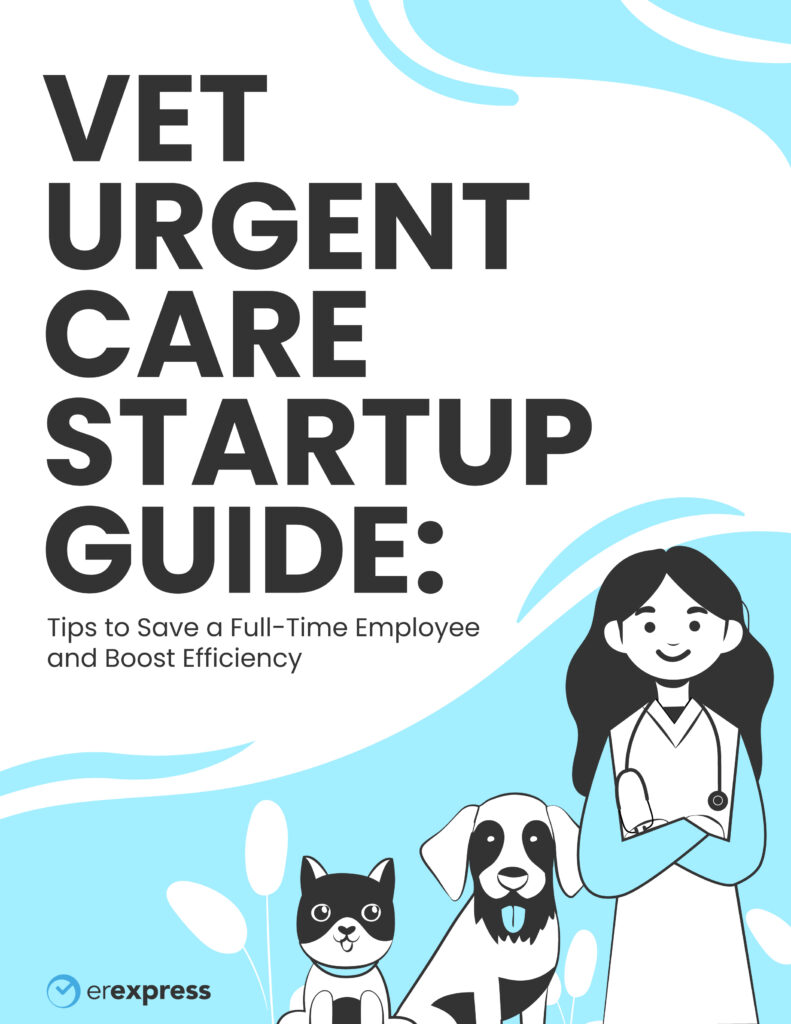Urgent care centers play an essential role in the American health care system. They offer fast-paced, affordable care, filling a critical niche between hospitals and primary care centers.
Wait times are typically much shorter at urgent care centers than in ER departments. However, like any medical establishment, they can quickly fill up with patients which can place extra strain on capacity and resources.
Nevertheless, wait time reduction is an important goal for urgent care teams that want to treat higher patient volumes and improve the patient experience.
Thanks to today’s diverse care options, patients are increasingly empowered to choose where they receive medical care. Maintaining short average wait times is one of the best ways to foster patient loyalty. Wait times are also influential in shaping online ratings and reviews.
If your staff already works hard to get patients seen by care providers as quickly as possible, how can wait times be reduced?
The solution involves easy-to-use tech that modernizes every aspect of your waiting room system—implementing virtual, digital, and automated elements that squeeze every last bit of inefficiency out of your clinical workflow.
Strategies for Reducing Wait Times at Your Urgent Care Facility
The most impactful methods for reducing urgent care wait times involve the adoption of new tools and software that optimize clinical workflow.
Here are a few ways that you can work toward reducing average wait times at your urgent care facility.
Understand the Current Average Wait Time
Before you can work on wait time improvements, you need to establish a benchmark by determining your center’s current average wait time.
If you aren’t yet using any tools that automatically track patient wait time, you can spend some time manually recording wait time data until you’ve reached a sufficient sample size. You can then use your practice’s current average wait time to determine a new average wait time goal.
Provide Digital Patient Check-In and Onboarding Forms
Digital patient check-in and onboarding forms allow new patients to provide their basic information electronically.
Compared to pen and paper, electronic forms are simpler and faster for patients to complete.
Digital intake forms also save time for your staff while reducing the chance of human error. After a form is submitted, the information automatically updates the patient’s Electronic Health Record (EHR) without the need for urgent care staff to perform tedious manual data entry.
Offer Online Check-In and a Virtual Waiting Room
Virtual waiting rooms are essential for telehealth, but they’re also incredibly helpful for in-person appointments. Along with digital intake tools, virtual waiting rooms improve the waiting room experience for urgent care patients and staff.
The virtual waiting room process begins with a mobile online check-in procedure. Before physically entering an urgent care facility, patients can:
- View their current wait time
- Update their contact information
- Receive automated alerts
- Communicate with the reception desk via two-way texting
Waiting can take place from the comfort of a patient’s car, or even from their home or workplace. This frees up space in the physical waiting room, making it easier for staff and patients to maintain hygienic social distancing.
Urgent cares that implement online check-ins enjoy faster throughput times and higher patient satisfaction scores.
Online check-ins also provide urgent care staff with valuable real-time data about patient demand. In the short term, this helps teams manage their daily workflow. In the long term, staff planning and scheduling can be adjusted using a data-based approach.
Implement Digital Patient Queuing
Digital patient queueing allows patients to “get in line” by texting a code that enables access to a mobile-friendly sign-in form. After signing in, patients automatically receive a projected treatment time.
While improving the patient experience, digital queuing simultaneously streamlines waitlist management for urgent care staff.
Thanks to automated text alerts and two-way texting, intake staff can spend less time on the phone, shouting names out loud through the waiting room, or walking to the parking lot to find patients in their cars.
Meanwhile, providers can see how many patients are currently being seen and how many are still waiting. This improves time management by helping providers to prioritize caseloads more flexibly.
Start Reducing Patient Wait Times Today
Do you need to improve the average urgent care wait times at your facility? ER Express can help.
We provide healthcare software solutions for emergency departments, urgent care centers, and veterinary practices. Our innovative urgent care management software enables a better waiting room experience for patients and staff.
To learn more, schedule a demo with ER Express today.



